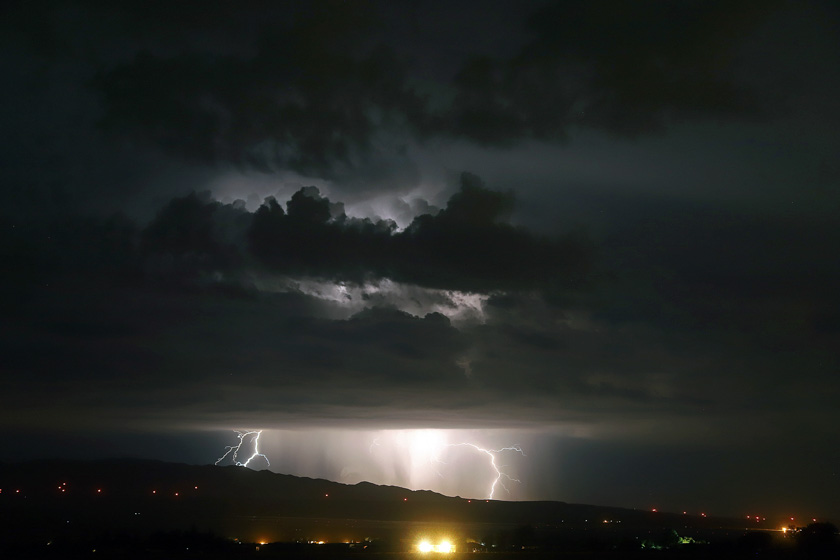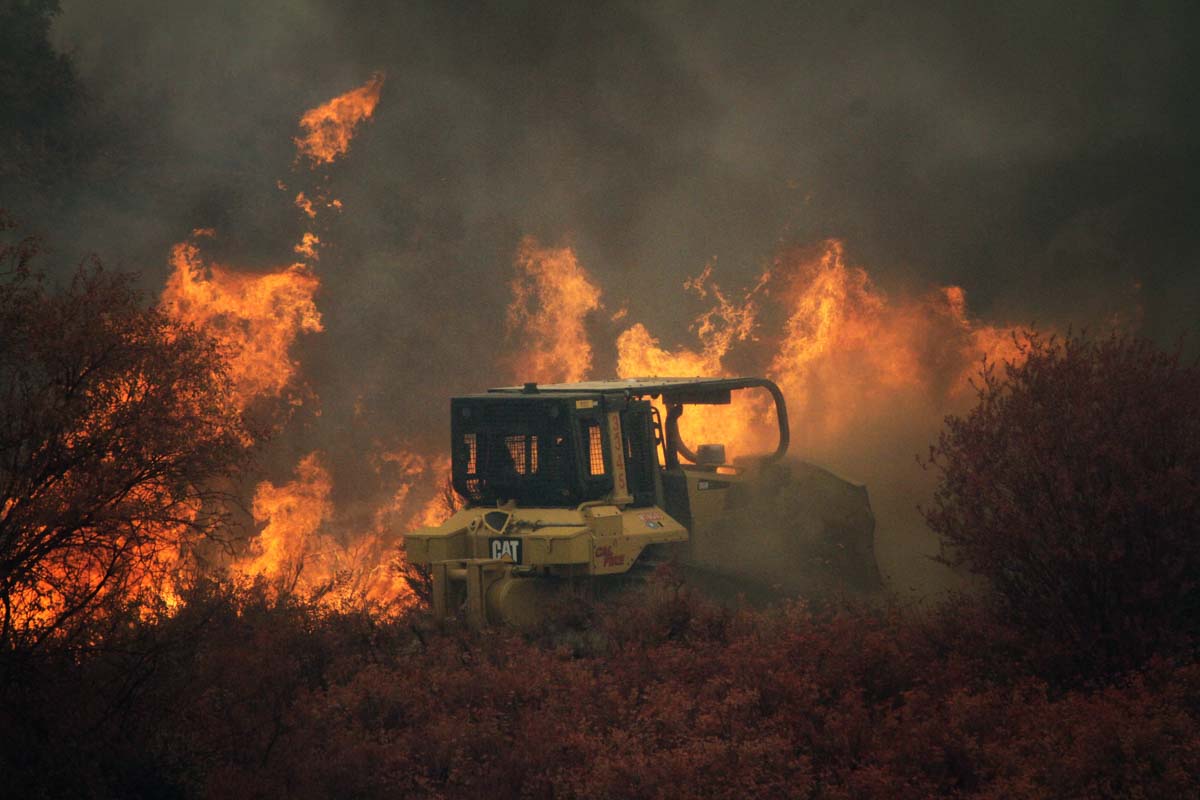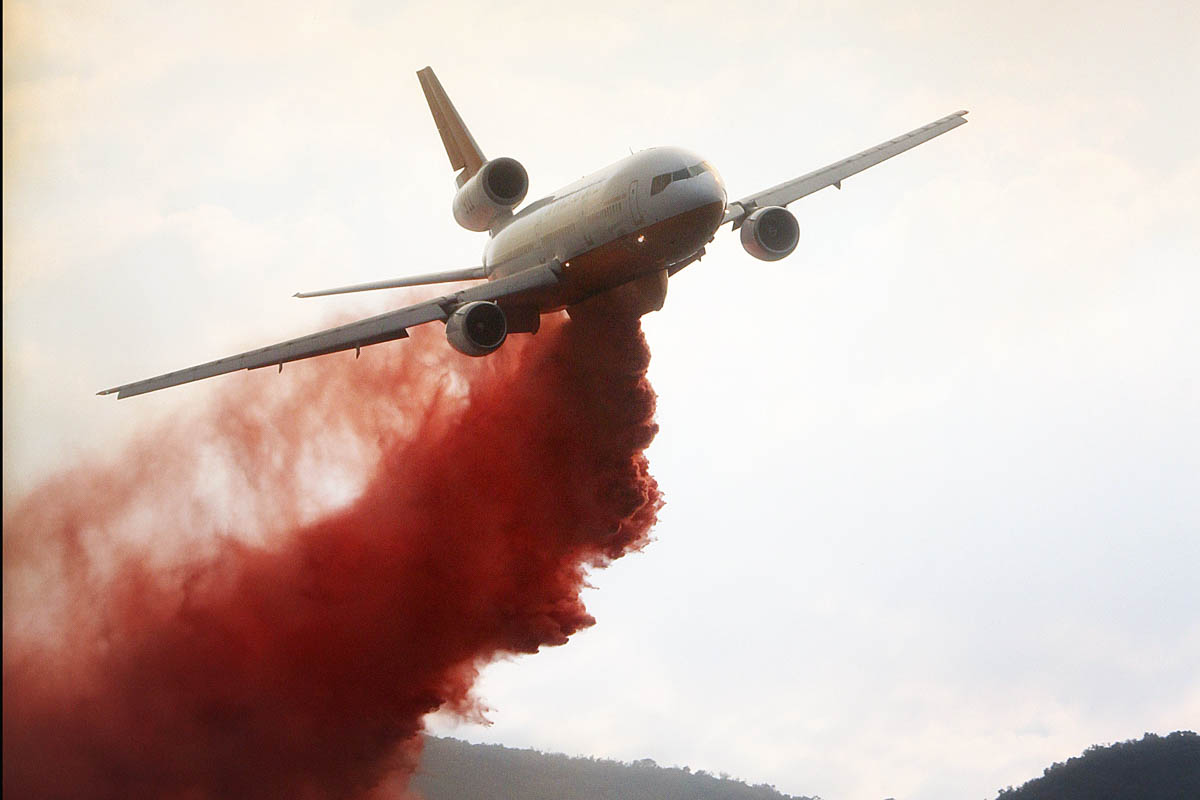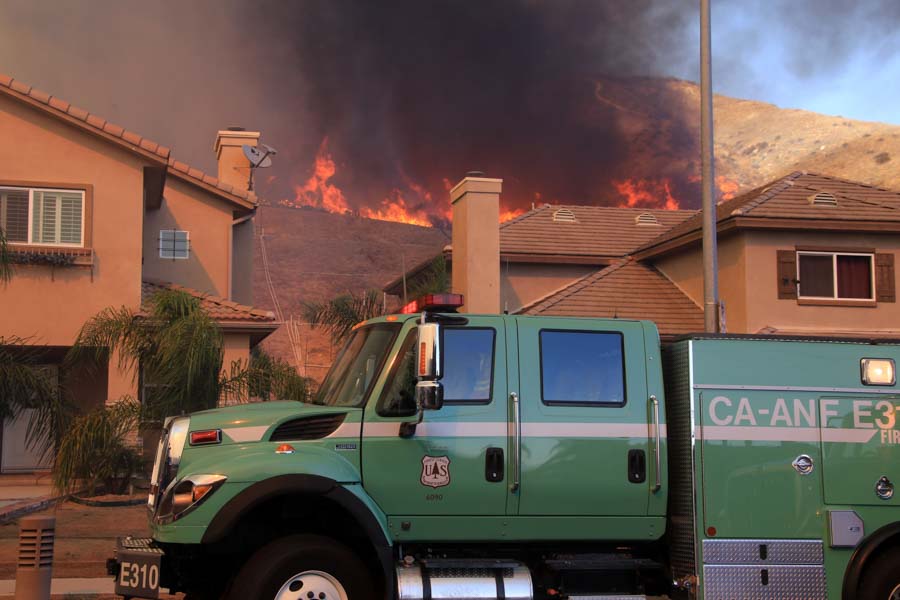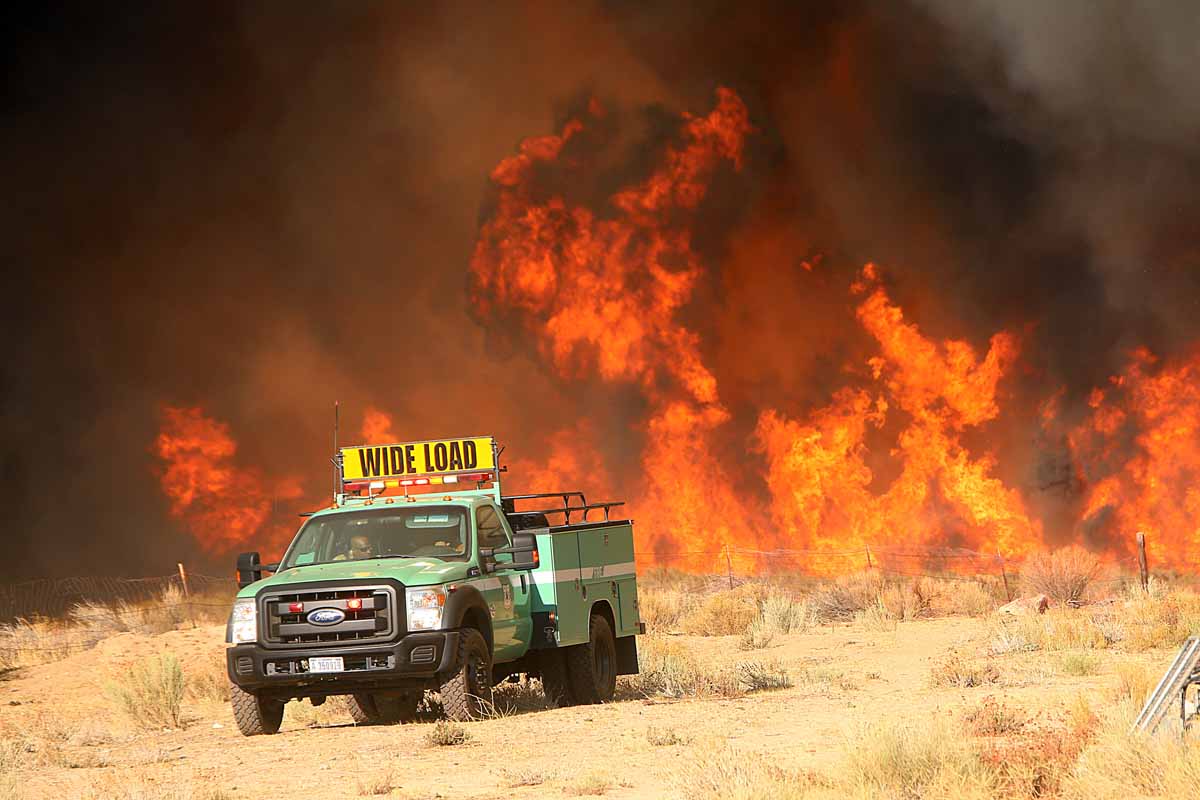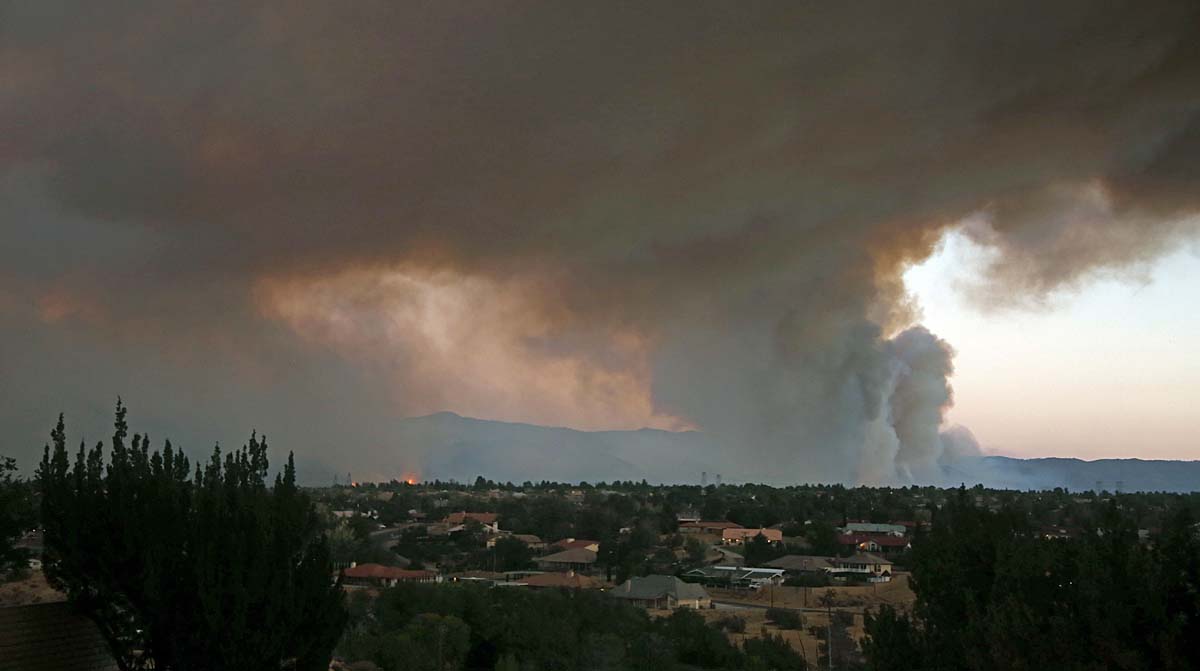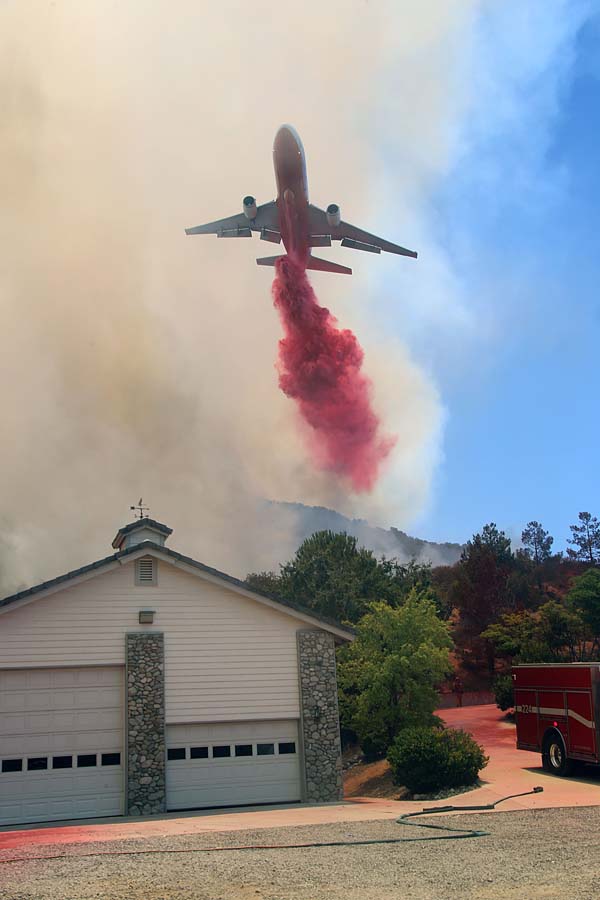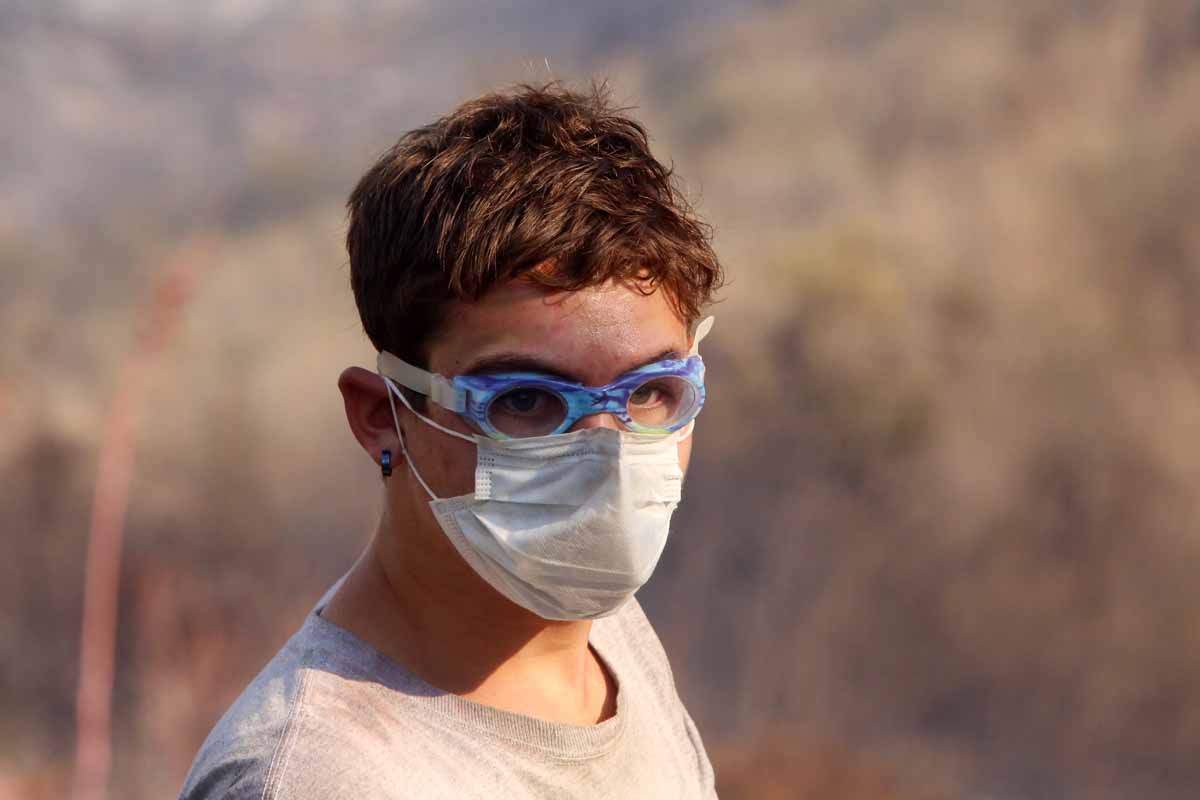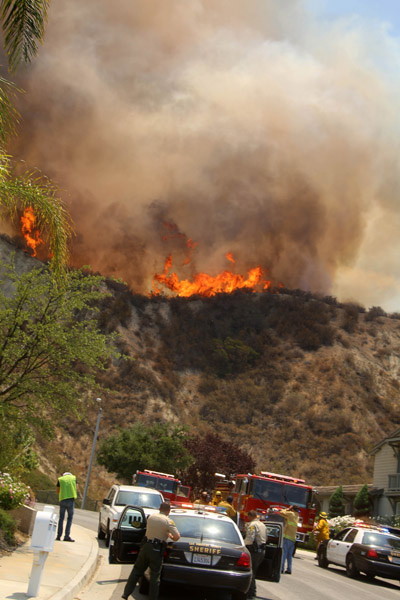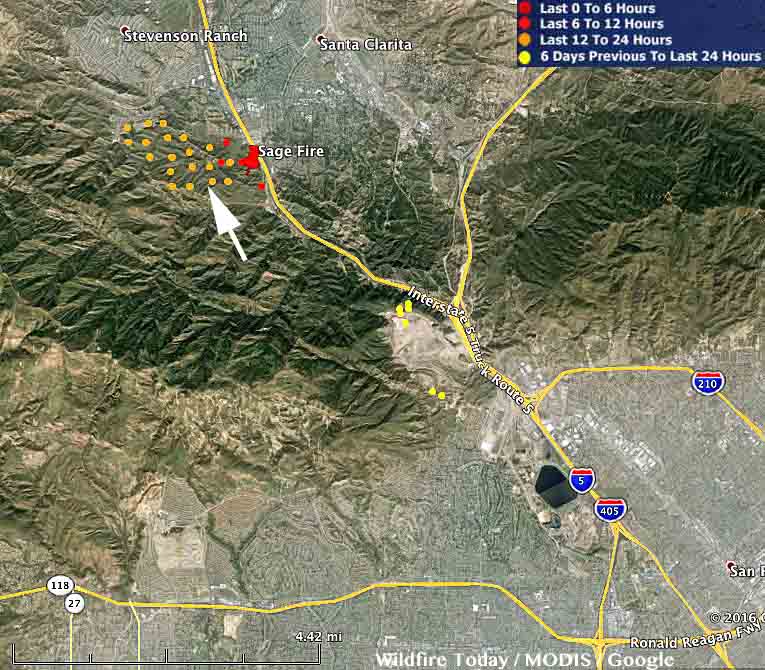On October 14 fire photographer Jeff Zimmerman wrote about what he had seen after spending time on the wildfires in Northern and Southern California. These photos were taken by him.
By Jeff Zimmerman
I would not have believed it if I had not seen it for myself, nearly 5,700 homes destroyed, 34 fatalities, dozens of commercial buildings destroyed in a multi-day wind driven inferno pushed by hot dry diablo winds in the scenic Northern California bay area. Dry offshore winds compressed by the narrow canyons rushed down into Santa Rosa at well over 60 mph, sending swirling fire brands for great distances into residential areas, not normally prone to wildfires, just two miles north of town center. In the upper canyon along Tubbs Road in the timber and brush I could clearly see that a downed power line may have sparked a wildfire fire at night in the winds, but in the City of Santa Rosa which sustained massive structural loss to this intensity it was hard to believe. The Tubbs Fire raced down Potter Creek Road with alarming rates of spread, within a few hours firefighters estimated the fire at 20,000 acres.
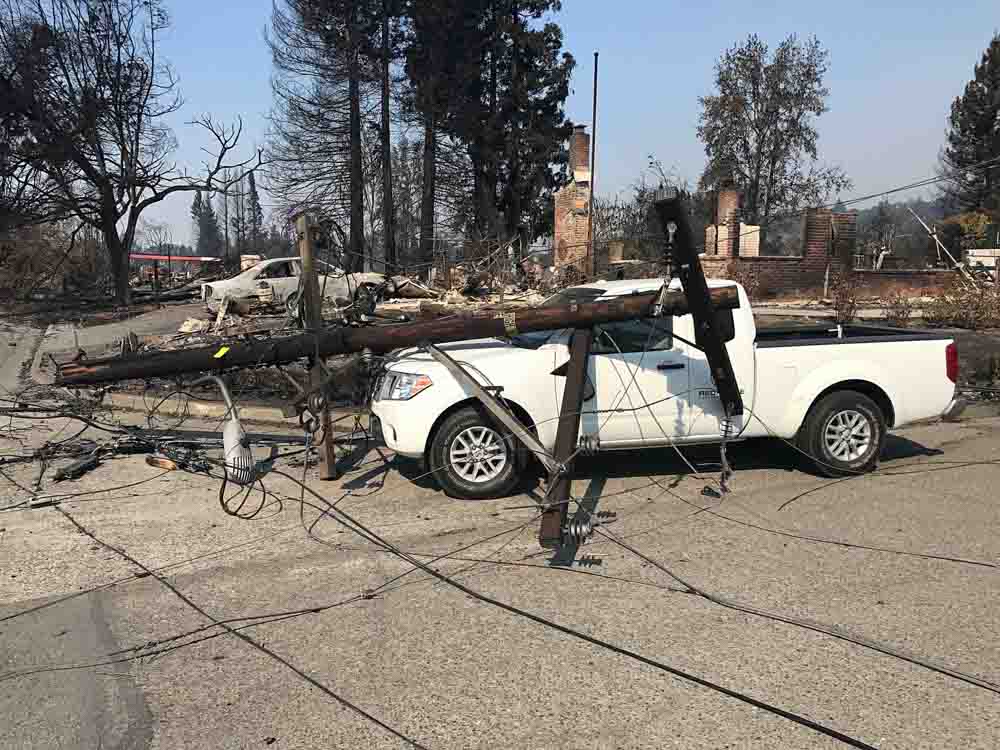
The Coffey Park area just east of the 101 freeway in the City of Santa Rosa, a homey housing tract of single family dwellings is wiped off the map; the Journeys End Mobile Home Park destroyed, Santa Rosa seemingly to take the direct brunt of the LNU fire complex. To the north, Mendocino was hard hit with a family losing their teenage son in the driveway as the mother had to have her legs amputated from running through the fire to escape. How do you ever survive something that horrible? It will be singed in the survivor’s minds forever.
People have underestimated the power of wildfires for years, it won’t happen to me is the mindset of many. They argue about prescribed burning and air pollution, brush removal destroys habitat, logging is unsightly, the list goes on and on. It takes a massive disaster to get things done unfortunately, better building codes, better water systems, wider roads, fire sprinkler ordinances, better brush clearance is needed; the blue – ribbon panels reports have already explained this after other massive fires in California foothill communities.
Northern California is still in flames, Calistoga, Geyserville, Napa, Sonoma, Mendocino, Nevada and Butte Counties all have fires, over 160,000 acres, with fatality lists growing by the day, possibly as many 5,700 homes destroyed, 75 cell towers destroyed, and scores upon scores of cars on scores of incinerated streets. Loved ones missing, their dreams, property and many souls never to return; all destroyed in minutes. It is hard to wrap your mind around it; to examine it is difficult at best, to live through it, terrifying.
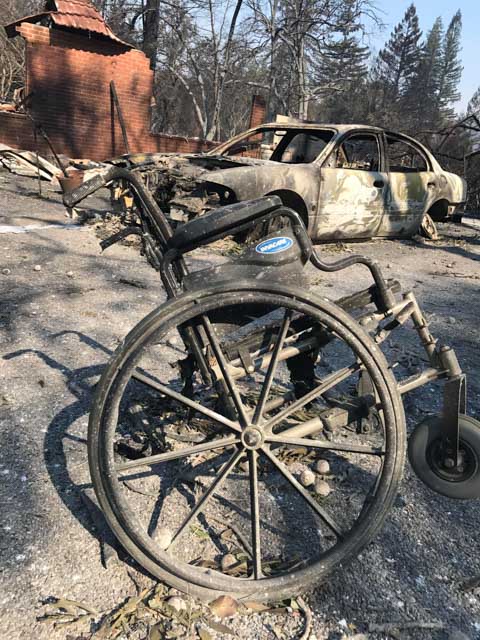
A burning wheel chair curb-side set the tragic tone, burnt cars trapped behind downed power poles with car doors flung in the open position still smoldering, roofs on top of hillside homes still burning several days after the main blaze roared through town. A disaster for learning most certainly, but the lessons will come hard. It will take years for families to negotiate with insurance adjusters, to get architectural drawings, negotiate with contractors, get water, sewer and power lines back, some may never try to rebuild at all. For those families who lost everything it will be hard to sift through the debris before having their lots cleared. Many lessons can be learned from the Oakland Hills fire, they will need to have extreme patience. The scars in their minds will never go away, even once their homes are rebuilt, you just don’t forget a fire like this. It will be hard to rise like the phoenix amidst the ash pits of total destruction.
Nighttime fires under sinister diablo winds, very short notification if any to evacuate. People burned alive in their driveways and furiously burning homes as fires with explosive rates of spread devoured everything in their path. At least 12 large wind driven urban interface fires have caused 20,000 people to flee in the dark of night as scores of homes were razed to the ground. Live- stock, pets, wildlife all killed in the flames. Wineries in the foothills destroyed, hospitals with critical patients evacuated in amongst the flames. All too much for the mind to fathom at one time in just a few days.
To the south, Santa Ana winds pushed fires into Orange County neighborhoods on October 9-10 along the 91 and 241 freeways. The fire jumped the 241 Toll Road and ran directly into hillside homes on the bluffs that overlook the valley. A fire that destroyed 24 homes in an hour right before my very eyes. By nightfall the winds subside and the Canyon 2 Fire slowed to a crawl. Swirling smoke, fire whirls, ember cast, with fire leap frogging from canyon to canyon. Unbelievable rates of spread and long range spotting, just another day covering spot news.
Setting down the camera on several occasions and picking up garden hoses to extinguish hundreds of spot fires, training police officers on site how to tackle incipient blazes to keep homes from burning, a day to remember.
The fire weather forecast as of this quick writing calls for more Santa Ana winds in Southern California, and diablo winds in Northern California putting the entire State into Red Flag Warning. I thought I would share some of my thoughts and images from Santa Rosa with you all. We are not out of the woods by any stretch of the imagination. Strikes teams of fire equipment are moving up and down the State in order to prepare for the worst. Get ready, Get set, Go! Words to live by today.
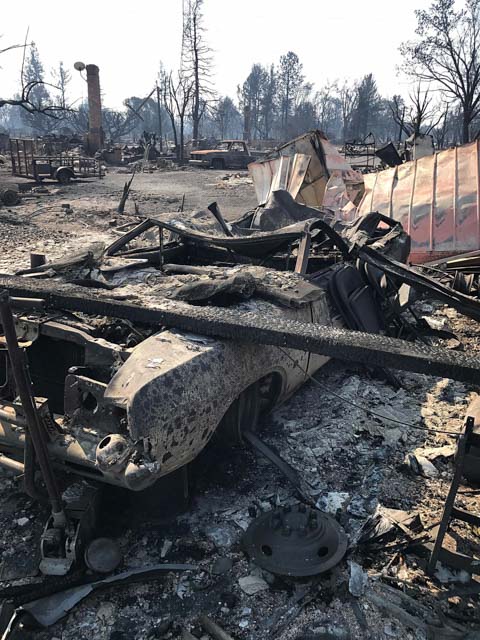
Jeff Zimmerman photographs fires and writes about them, usually from Southern California.



